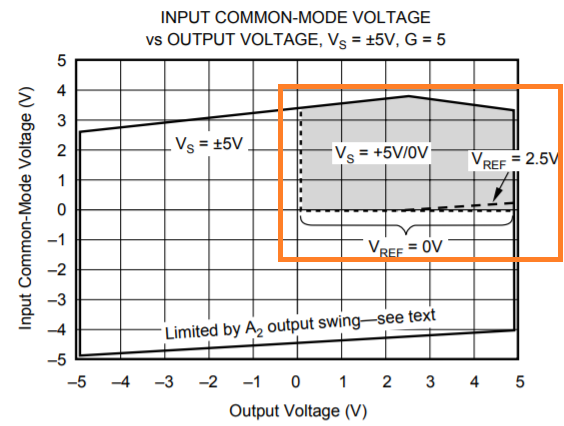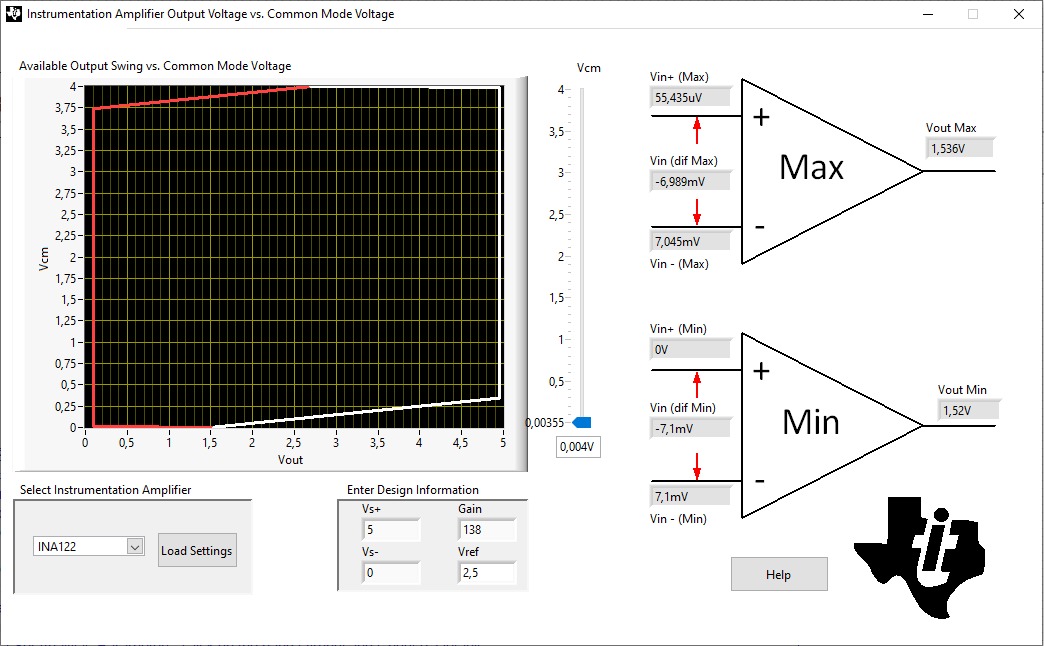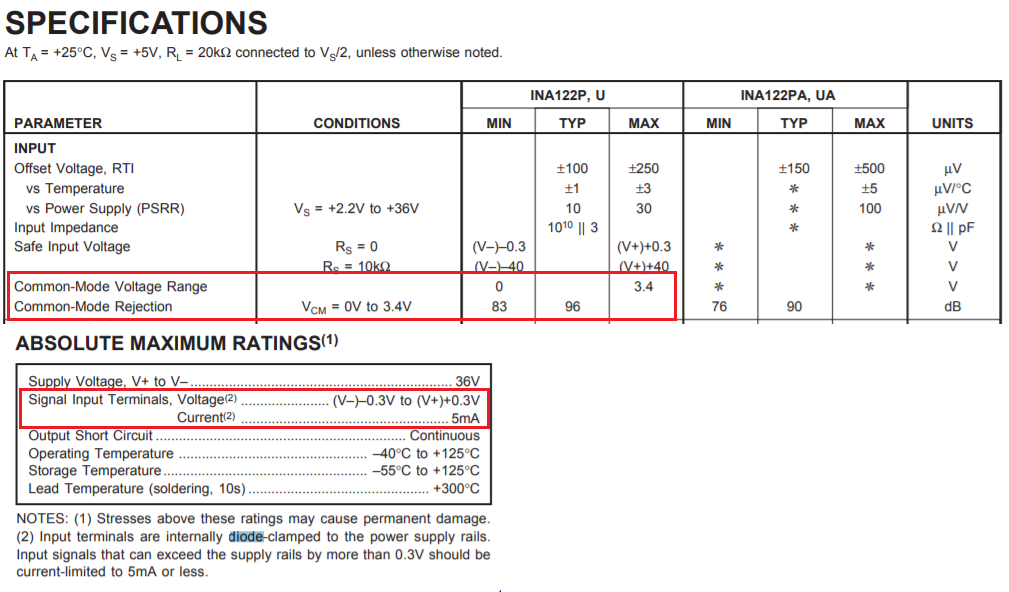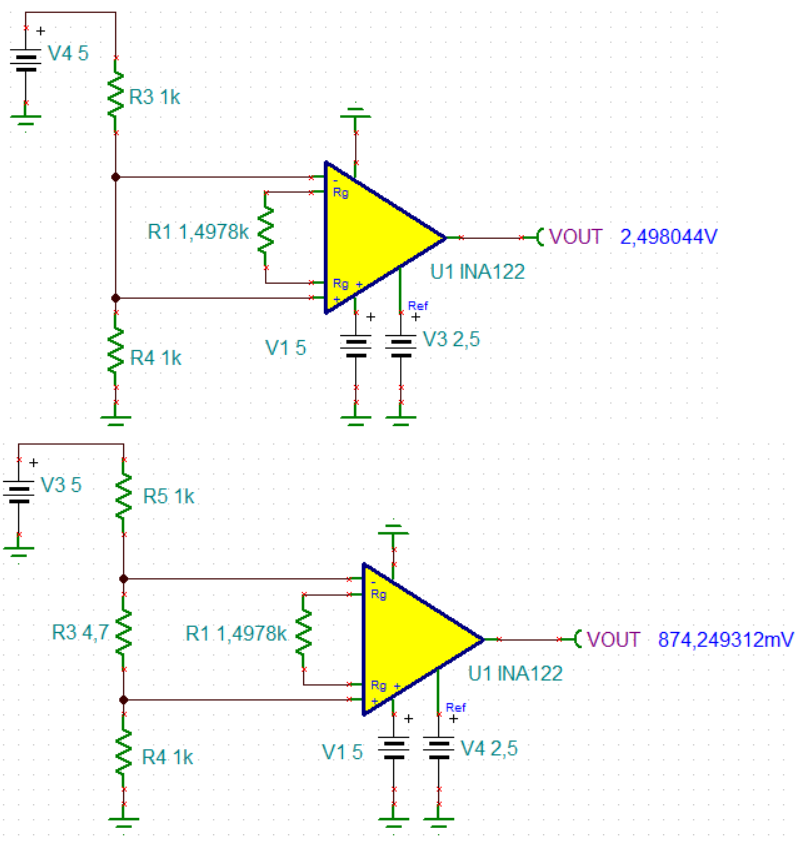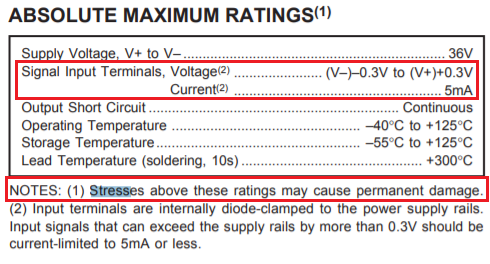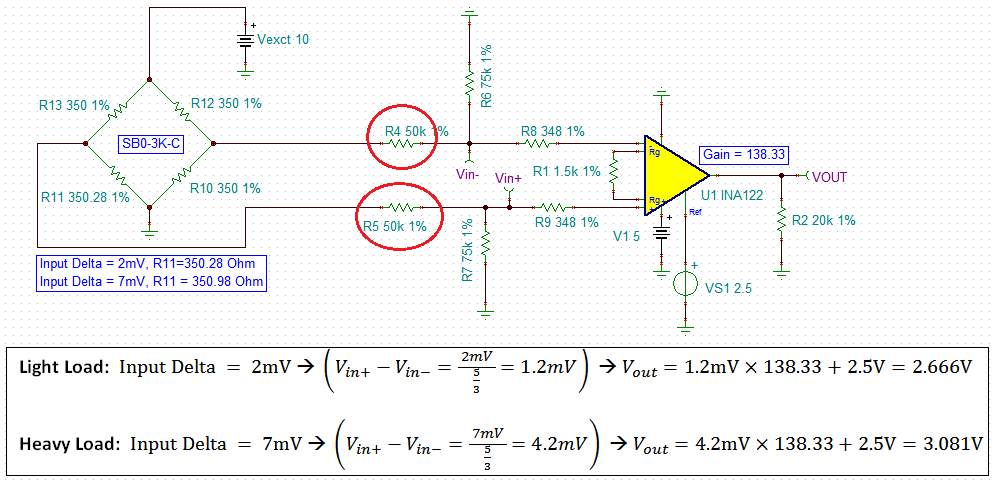When measuring the resistance from LoadCell_In- and LoadCell_In+ to ground the values are 75 ohm functioning board. On a failed board the values are 58 ohm. Also on a functioning board with zero volts on the LoadCell_In there is Zero volts on P04. On a failed board the value is 2.3 volts. What failure mode in the chip could cause these results?
-
Ask a related question
What is a related question?A related question is a question created from another question. When the related question is created, it will be automatically linked to the original question.



